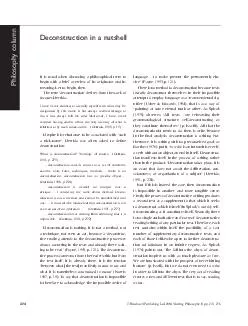PPT-Dr. Elizabeth Blackwell By: Cheyanne Eisenmann Background …
Author : mitsue-stanley | Published Date : 2019-11-06
Dr Elizabeth Blackwell By Cheyanne Eisenmann Background Born February 3 1821 in Bristol England Father was a sugar refiner and an antislavery activist Moved to
Presentation Embed Code
Download Presentation
Download Presentation The PPT/PDF document "Dr. Elizabeth Blackwell By: Cheyanne Eis..." is the property of its rightful owner. Permission is granted to download and print the materials on this website for personal, non-commercial use only, and to display it on your personal computer provided you do not modify the materials and that you retain all copyright notices contained in the materials. By downloading content from our website, you accept the terms of this agreement.
Dr. Elizabeth Blackwell By: Cheyanne Eisenmann Background …: Transcript
Download Rules Of Document
"Dr. Elizabeth Blackwell By: Cheyanne Eisenmann Background …"The content belongs to its owner. You may download and print it for personal use, without modification, and keep all copyright notices. By downloading, you agree to these terms.
Related Documents














